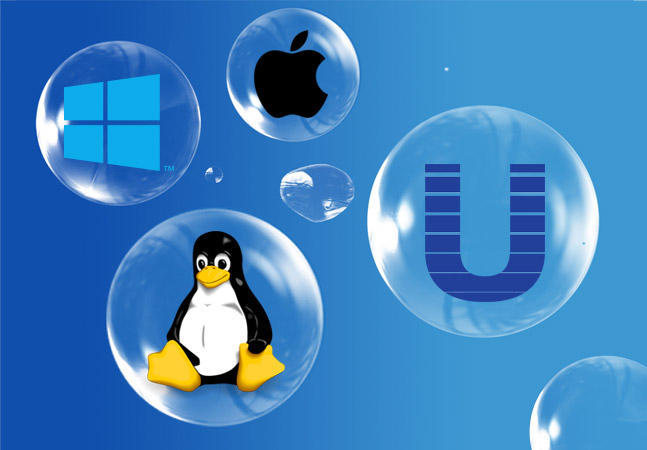
The microservices architectural style is one of the foundational pillars of today's cloud-native development world, along with modern design, containers, backing services and automation.

Microsoft's managed Dev Box service for developer-oriented, Azure-based cloud workstations is now available in a public preview.

The latest monthly update to Java on Azure Tooling adds support for Azure Kubernetes Service (AKS) in the IntelliJ toolkit, along with support of Azure virtual machines.

Microsoft and Canonical announced a months-long partnership has resulted in .NET 6 being included in the latter company's latest Ubuntu distribution of the Linux OS.

Microsoft and Amazon Web Services (AWS) led a host of vendors in an evaluation of cloud AI developer services published by research firm Gartner.

Amazon Web Services (AWS) continues to nod to Microsoft-centric developers, most recently announcing Visual Studio 2022 on Amazon EC2, along with AWS Lambda Powertools for TypeScript.

Azure Functions, Microsoft's serverless cloud computing offering, is previewing new functionality coming with its new support of .NET 7 as a runtime.

A developer-oriented, get-started-on-Azure command-line tool from Microsoft is in a public preview.

Amazon Web Services has made it easier to deploy .NET applications to its cloud platform via its Visual Studio toolkit or the .NET CLI (command-line interface).

A new "getting started" experience for Java on Azure dev tooling promises to have IntelliJ jockeys up and running with their first deployment within a few minutes.

VMware announced a new Visual Studio toolkit for working with Kubernetes clusters, containers, microservices and other cloud-native tech in its Tanzu line of products.

Microsoft's big Java on Azure push is moving forward with an update to the Azure toolkit for the IntelliJ IDE, along with the General Availability status for the Azure Spring Apps Enterprise tier.

They help cloud application developers work with Azure services for web site hosting, databases, serverless computing, containers, managing virtual machines and much more.

Developers will be able to hook into a new cloud service that provides secure, ready-to-code developer workstations for hybrid teams of any size, called Microsoft Dev Box.

It's well-known that Microsoft touts Java for Azure cloud development with its Visual Studio IDE and Visual Studio Code editor, but it also supports developers who want to work in other tools, including the IntelliJ IDE from JetBrains.

Amazon Web Services is previewing a new framework for using its recently introduced .NET 6 runtime to create AWS Lambda functions, the foundation of serverless computing in the Amazon cloud.

C# coders can now use the Functions service in the Oracle Cloud to build and deploy functions typically used in serverless, event-driven computing.

In announcing a preview of Azure virtual machines (VMs) based on Arm-based processors earlier this month, Microsoft noted that much of its development tooling already or soon will support the new scheme.

Microsoft's Azure App Service now supports the company's own build of OpenJDK, bringing new support for Java 17 and Tomcat 10.0 runtimes.

Microsoft announced that Spring Cloud Azure -- not to be confused with Azure Spring Cloud -- is now generally available in a version 4.0 update.